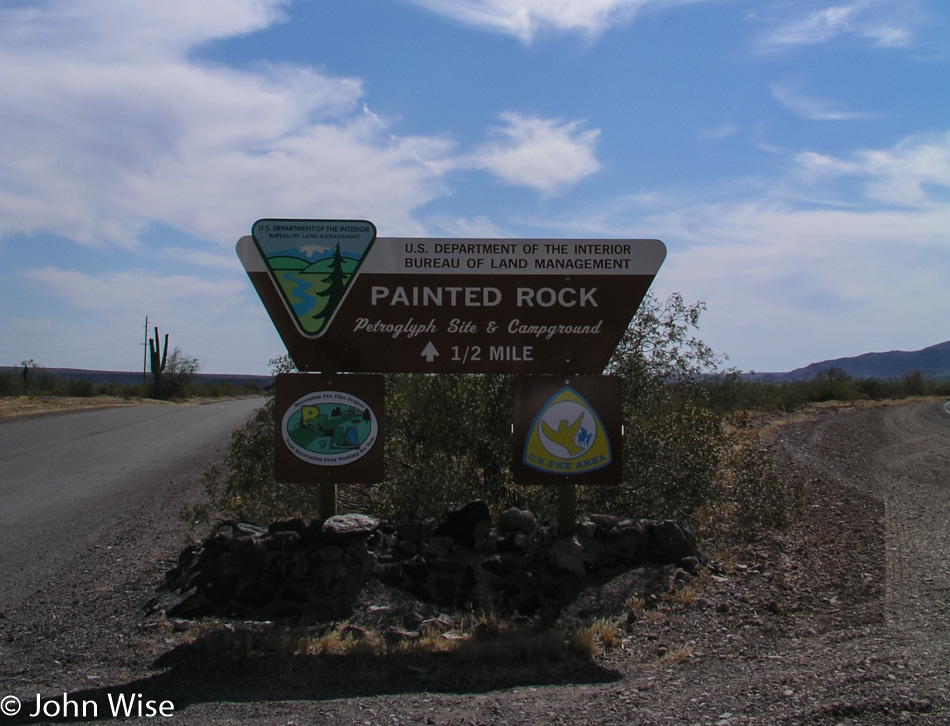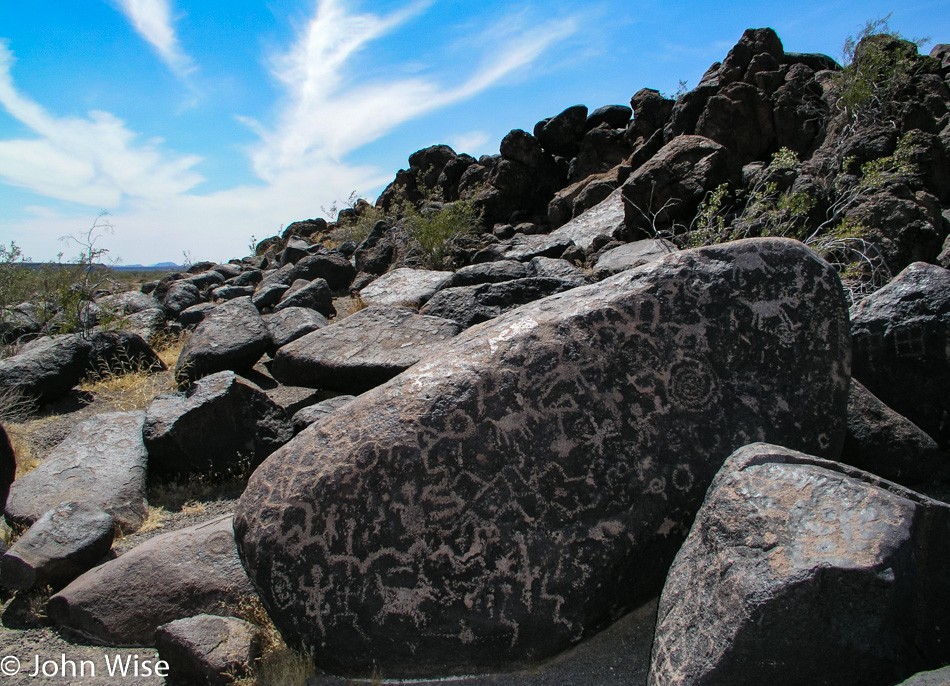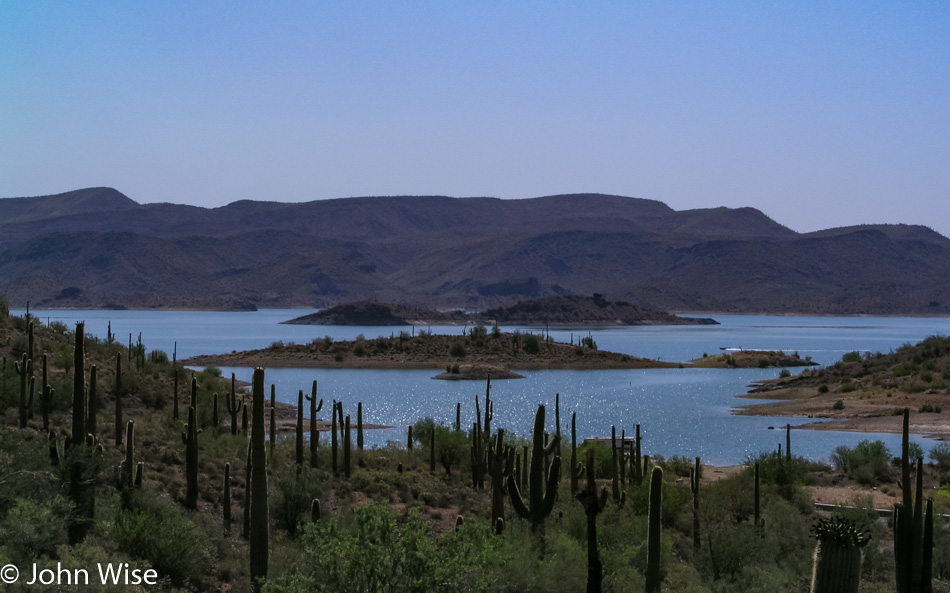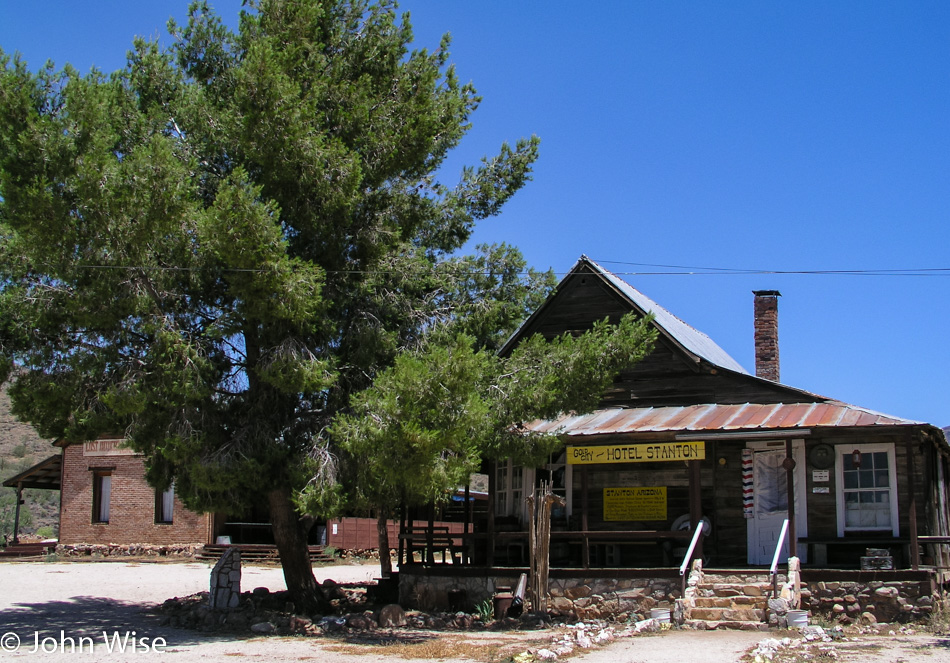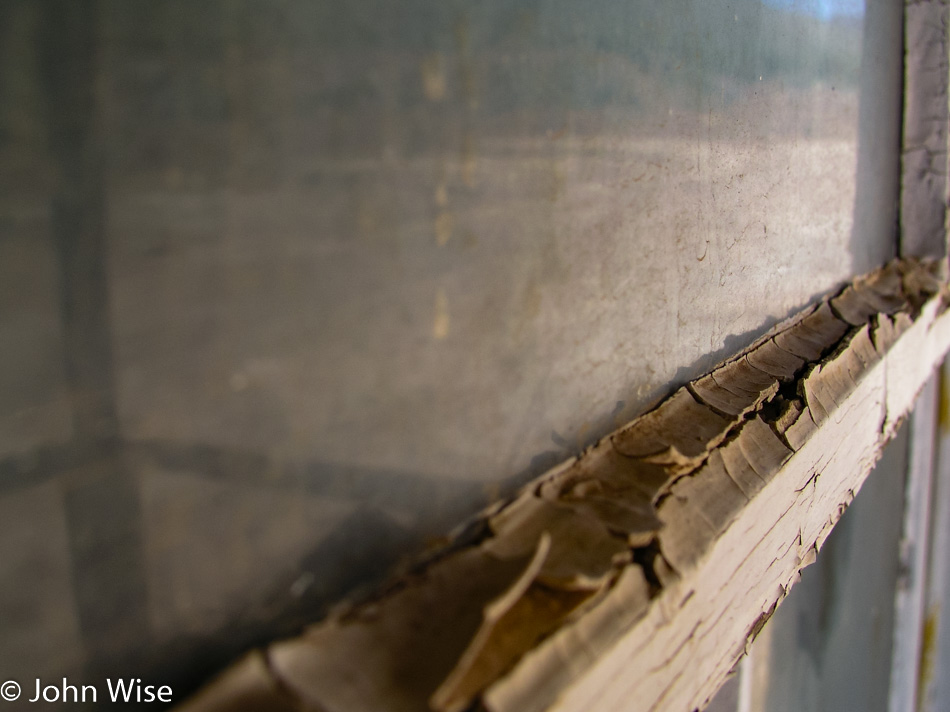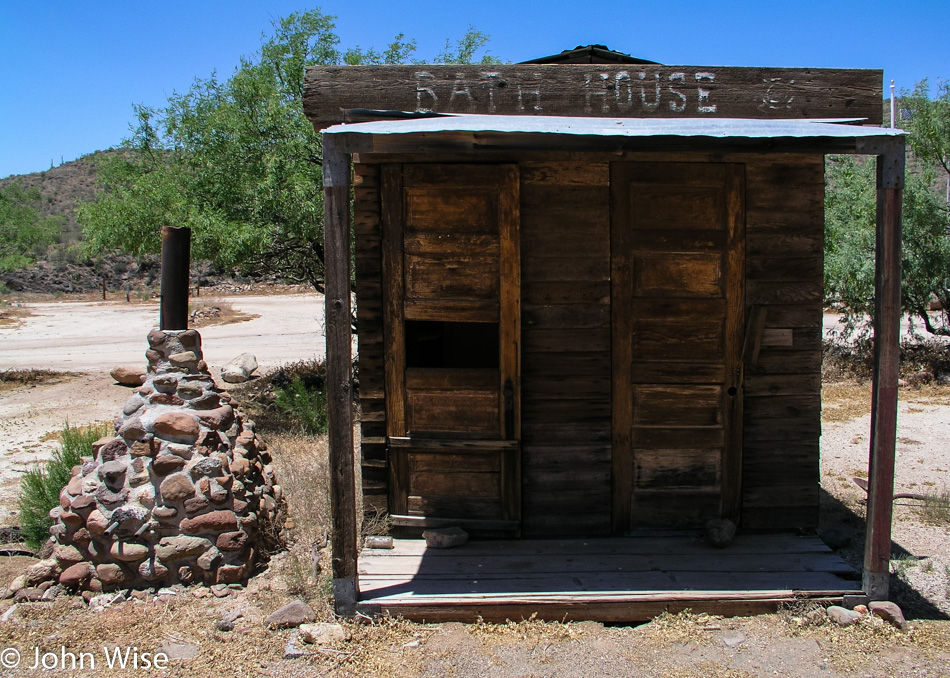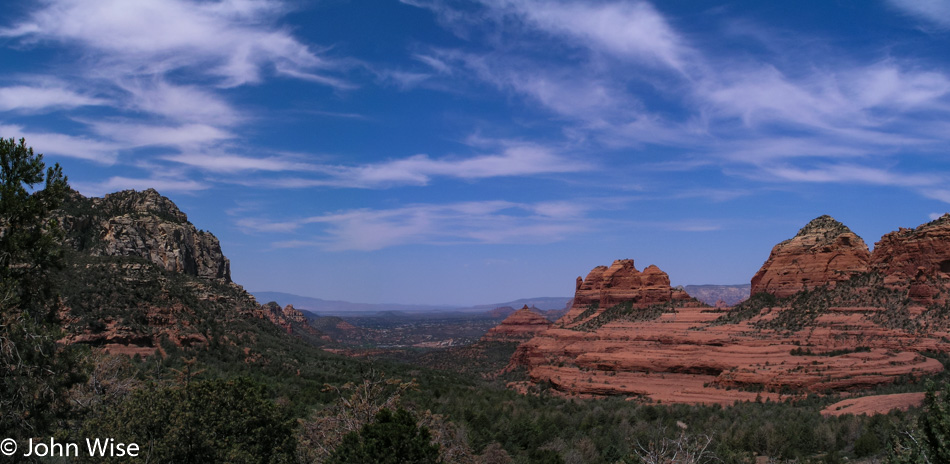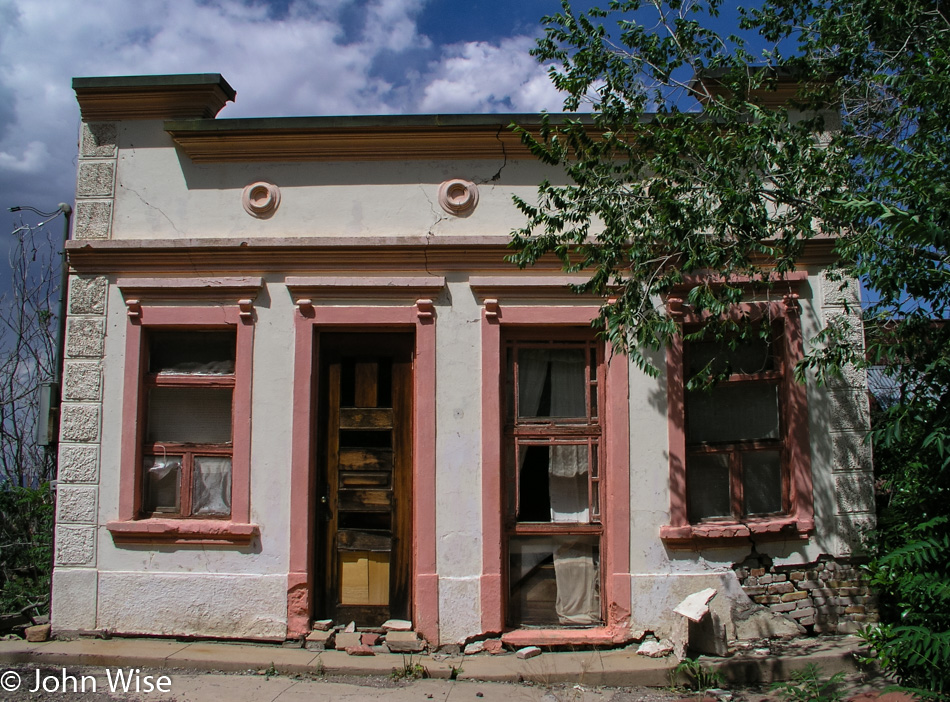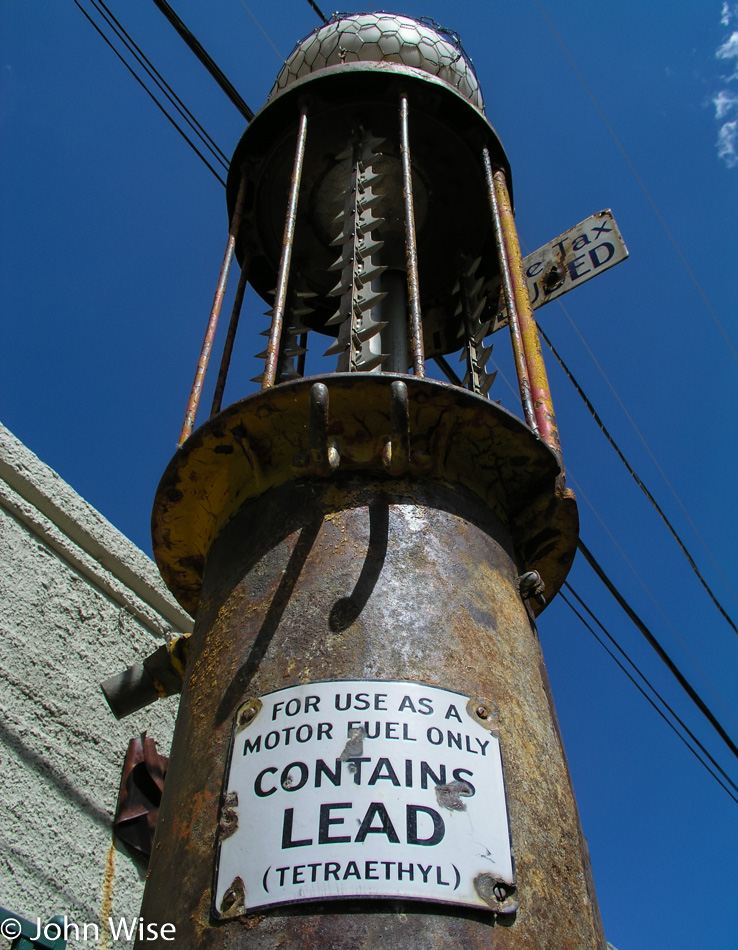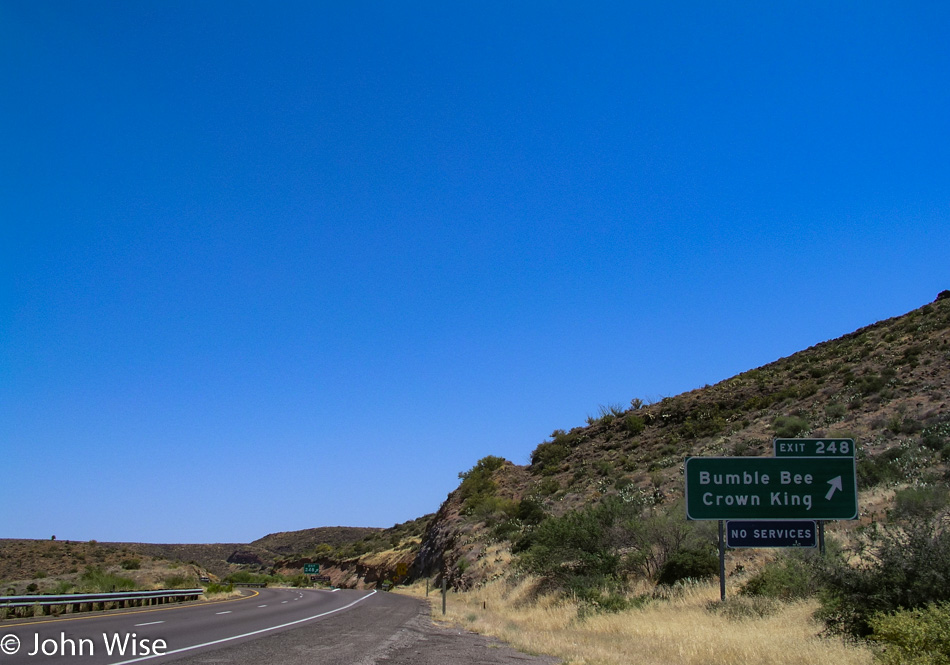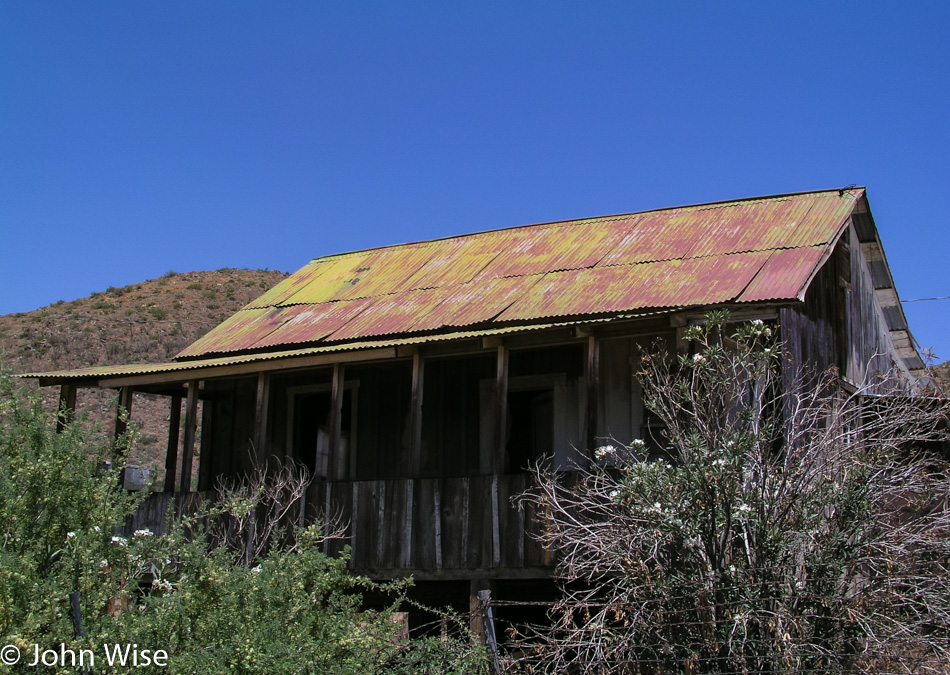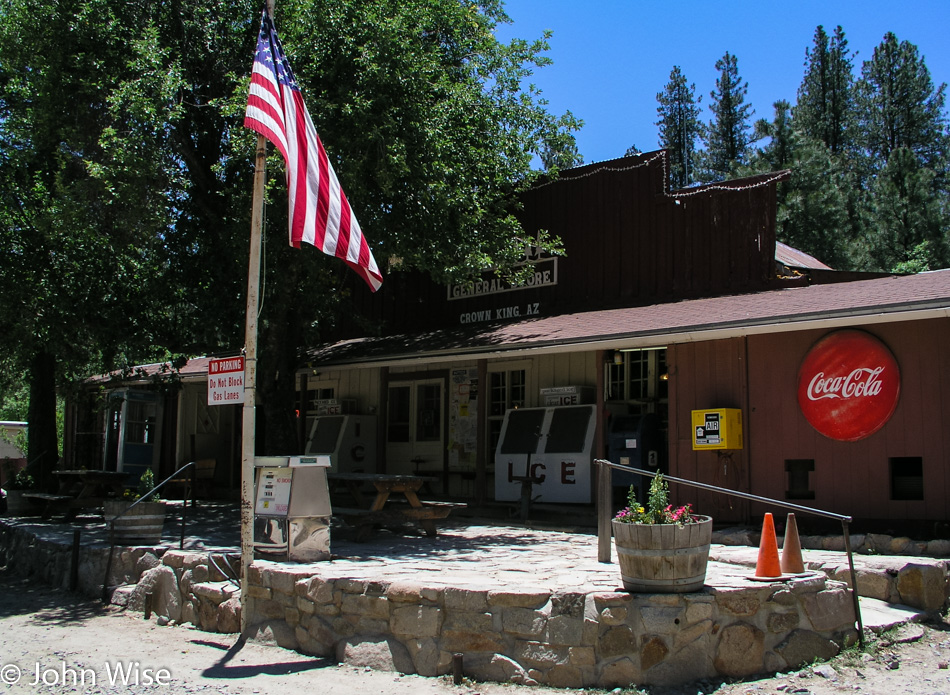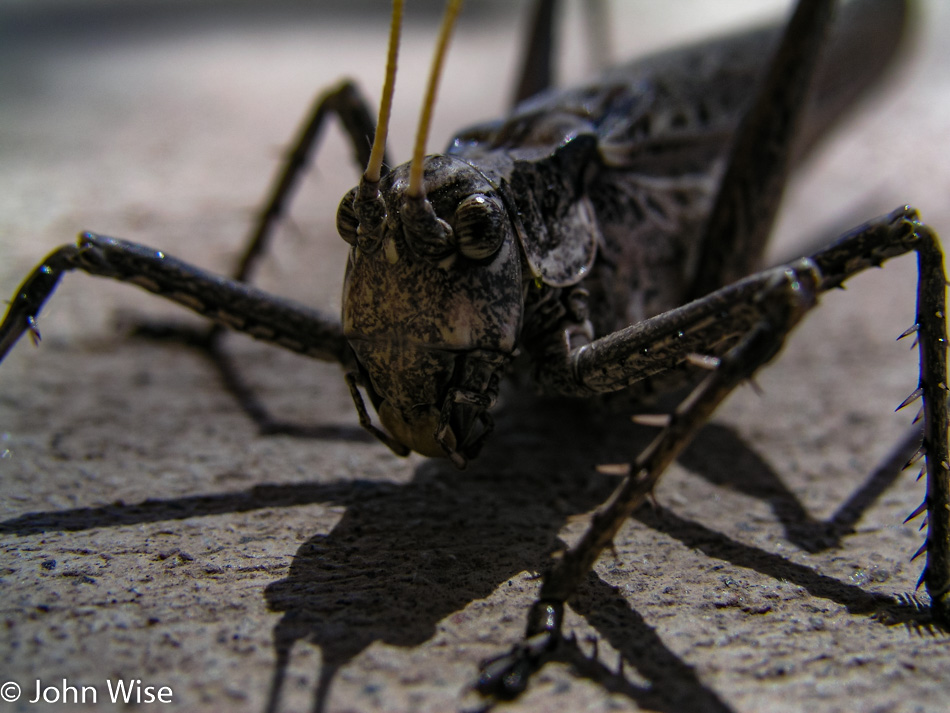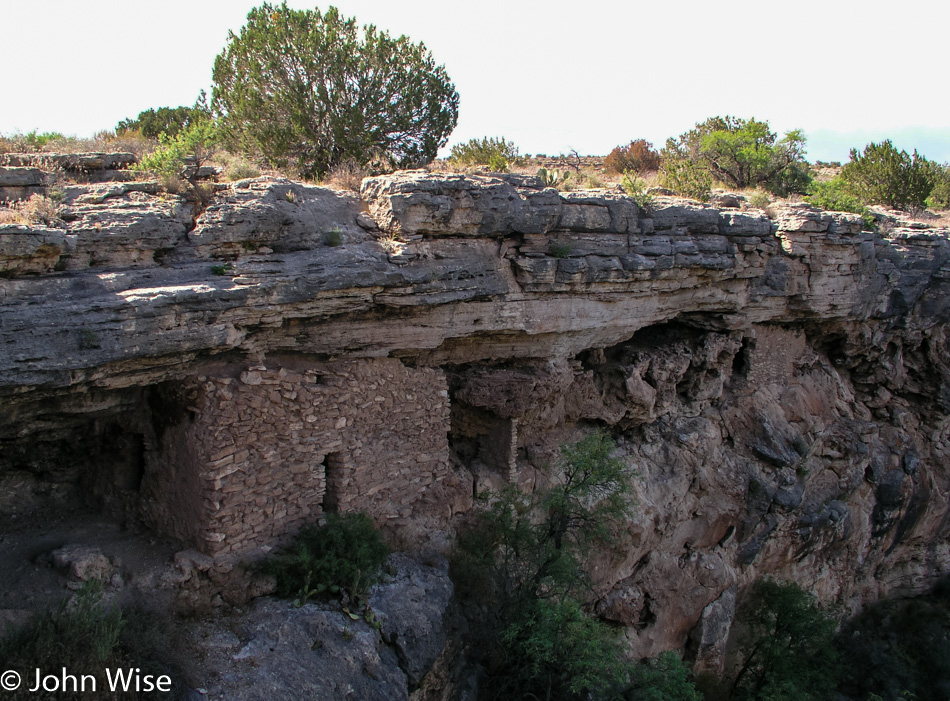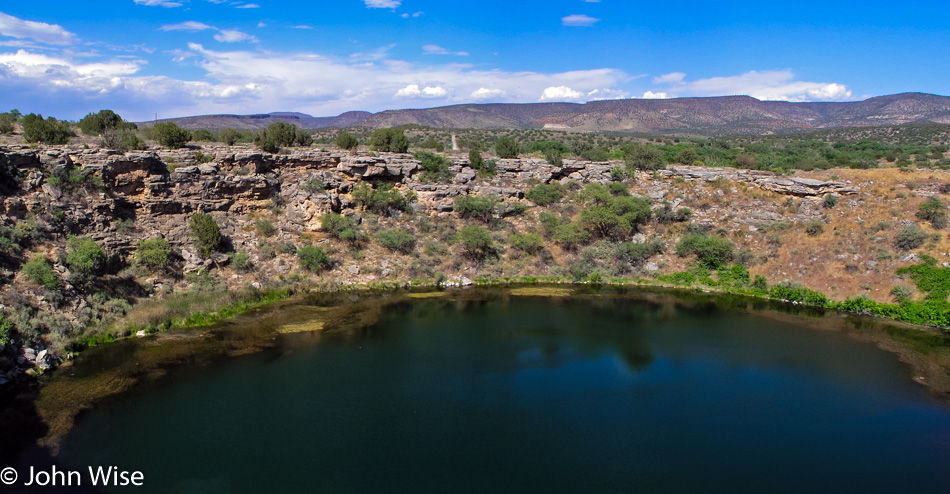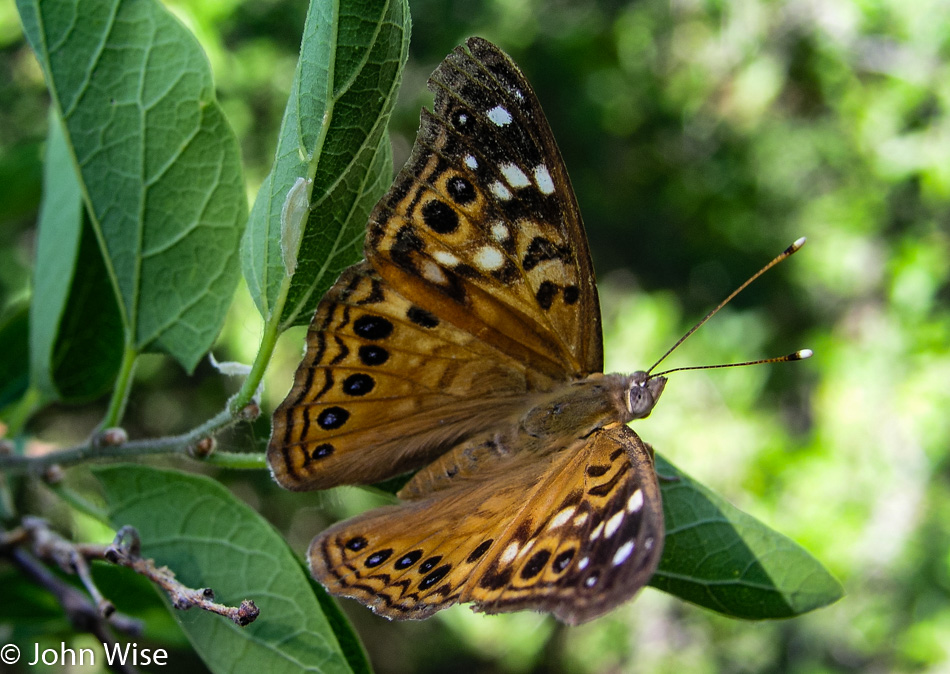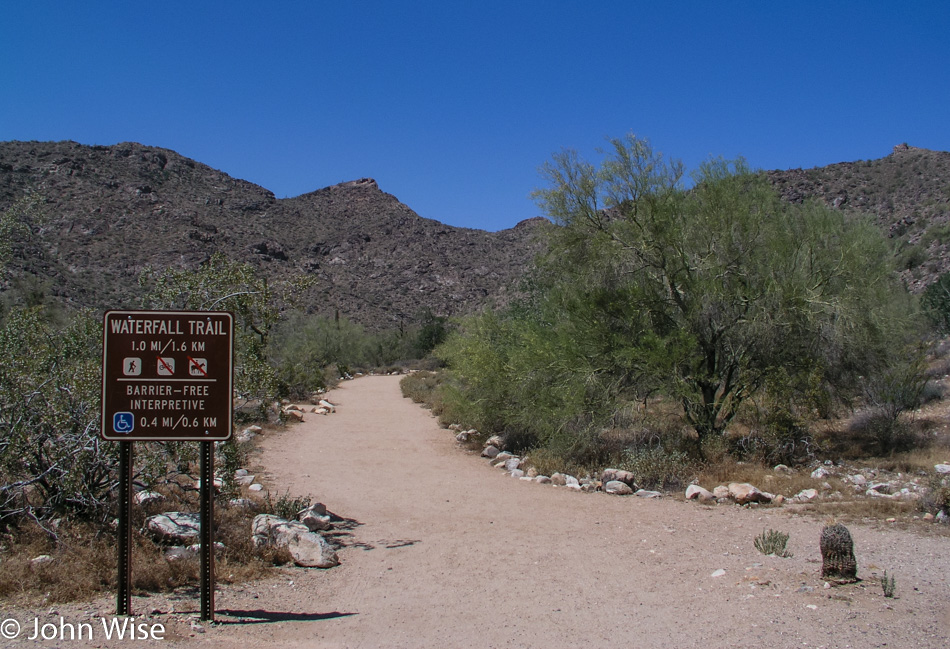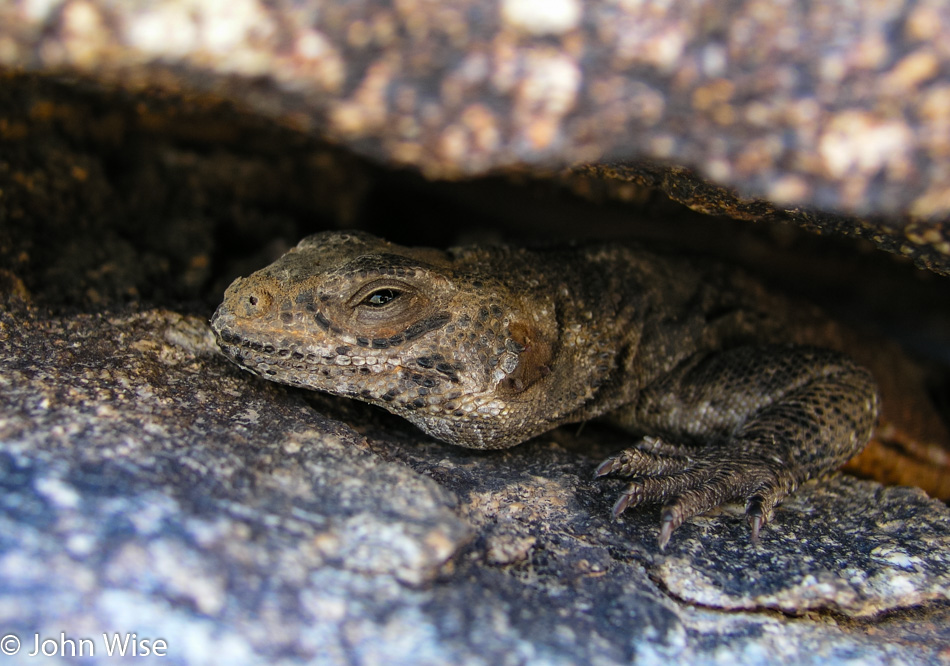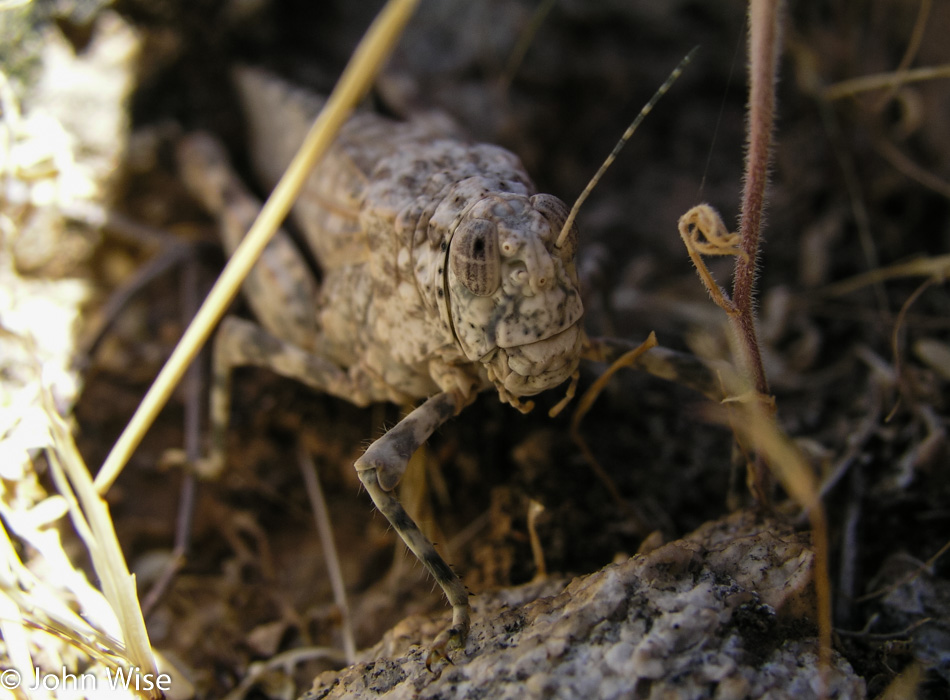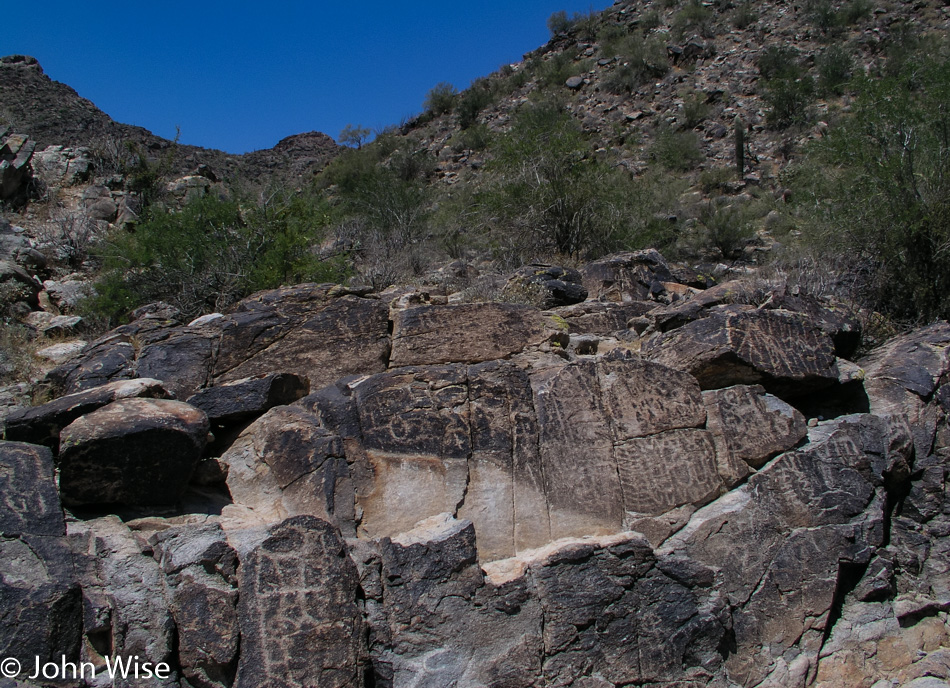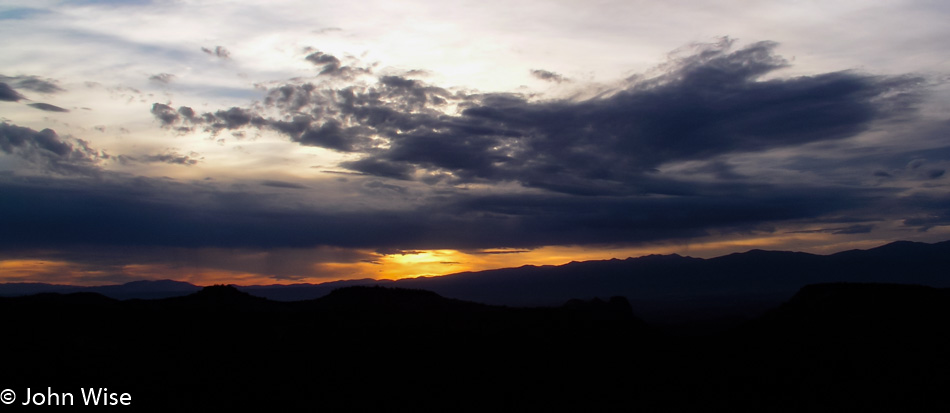
For everything modernity has wrought and all of our technological convenience, humanity will never improve upon the sunrise and sunset. We may excel on the small scale and even one day destroy on a larger scale, but nature is the true master of that which boggles the senses with the profound.
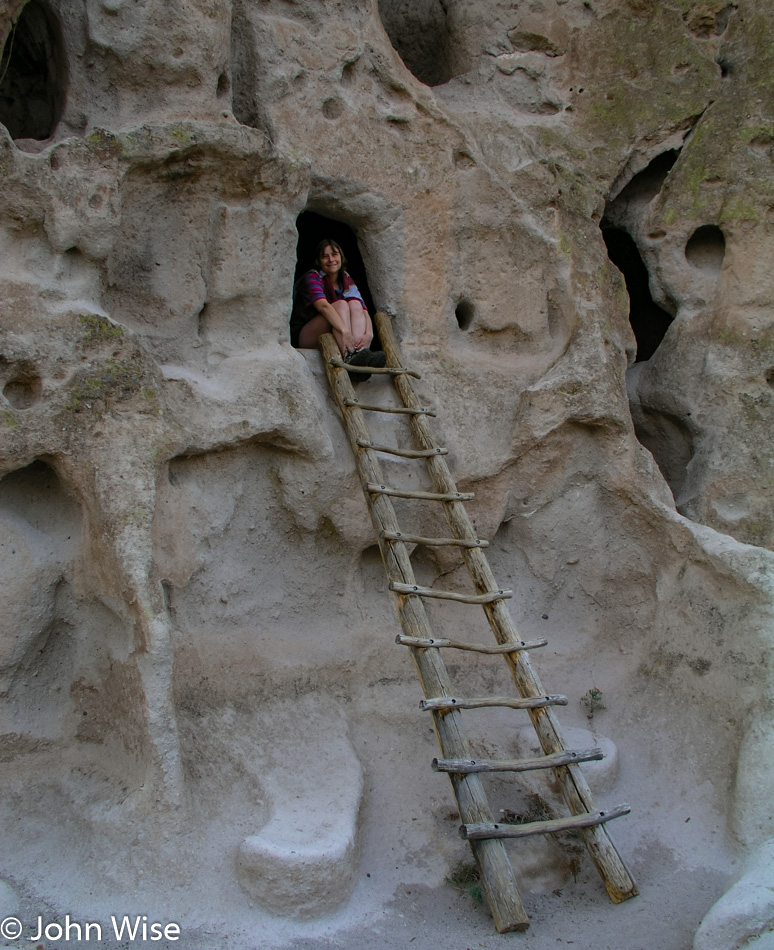
Bandelier National Monument is our first stop today on our exploration weekend of all things Native American. Many of the dwellings here were carved out of the relatively soft tuft. The area was ultimately abandoned around 1600 AD, with the inhabitants moving towards the Rio Grande, joining the Pueblo communities of Cochiti and San Ildefonso.
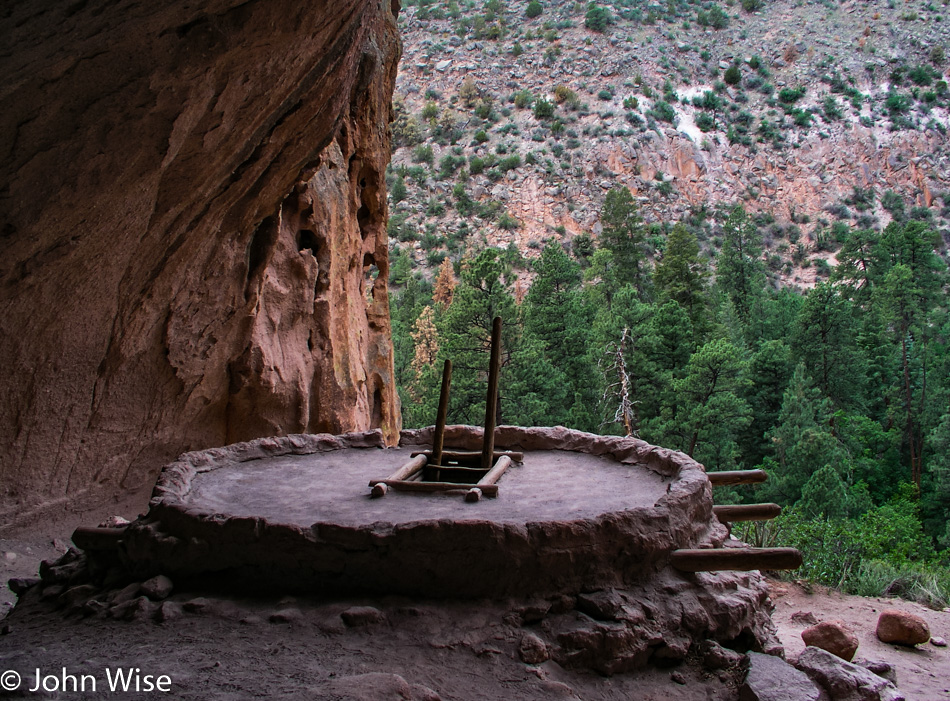
I don’t think I’m wrong, but I do believe this will be the first time Caroline or I have ever been able to visit a reconstructed Kiva.
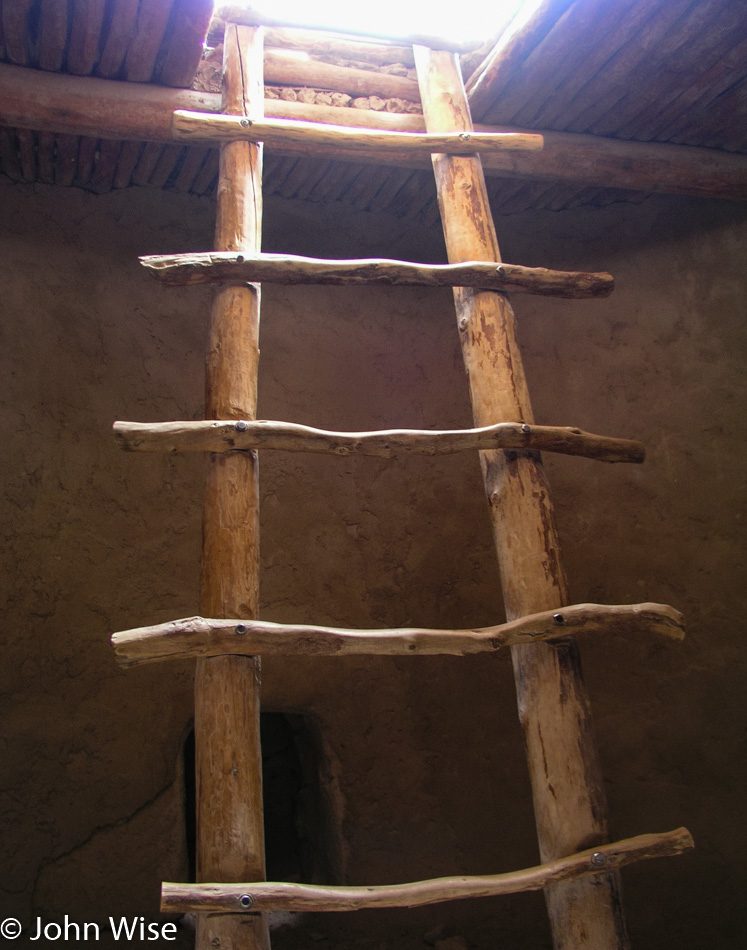
Our imaginations will have to fill the gaps of what the environment may have been like when Kachina ceremonies were being observed. What were the sounds, language, smells, shadows, ceremonial clothing, masks, and paint that all came together to tell the story of the moment?

This northwest corner of New Mexico is a diverse one with many contrasts.
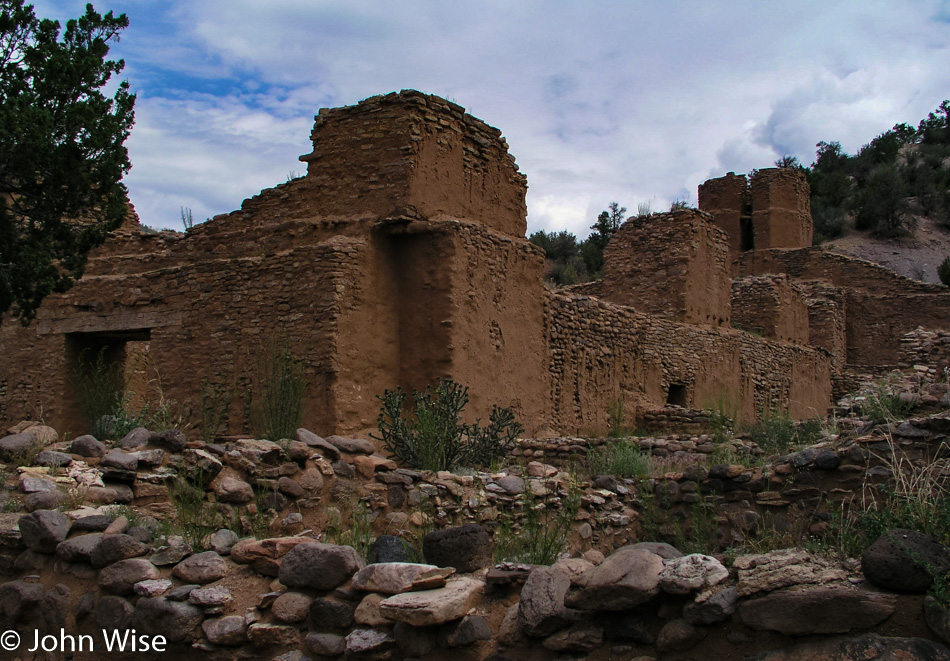
San José de Los Jémez Mission is not far from Bandelier and was more or less on our way to Albuquerque, where we had one more historic Native American visit to make.
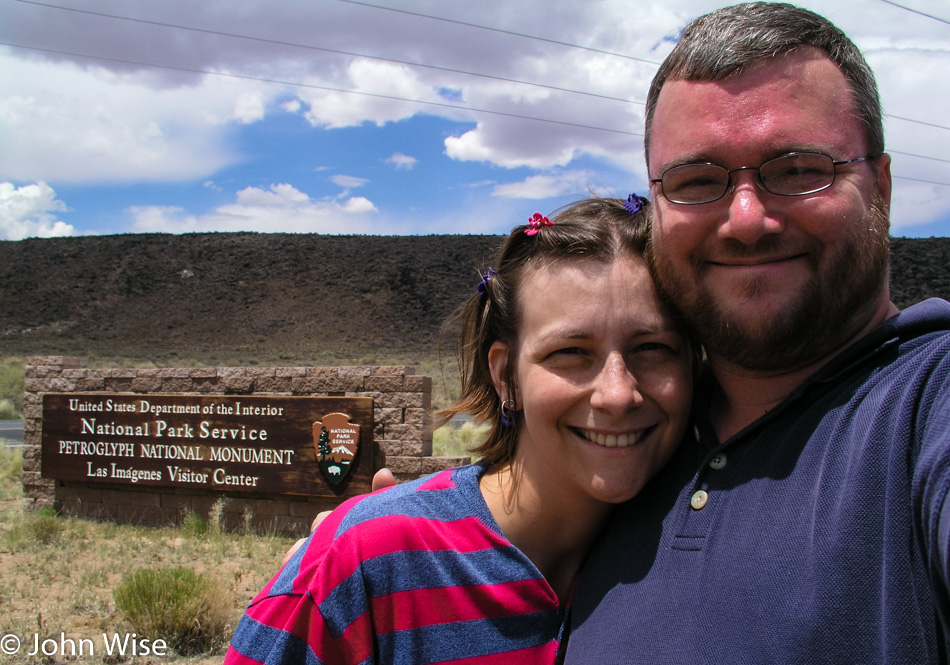
It’s our goal to snap a photo of us in front of as many National Park and Monument signs as we can; often, they are not worth sharing on the blog here, but we have them. As we age, we’ll have these at our disposal to prove to ourselves that, at one time, we really did go to all the places we claim or have forgotten.
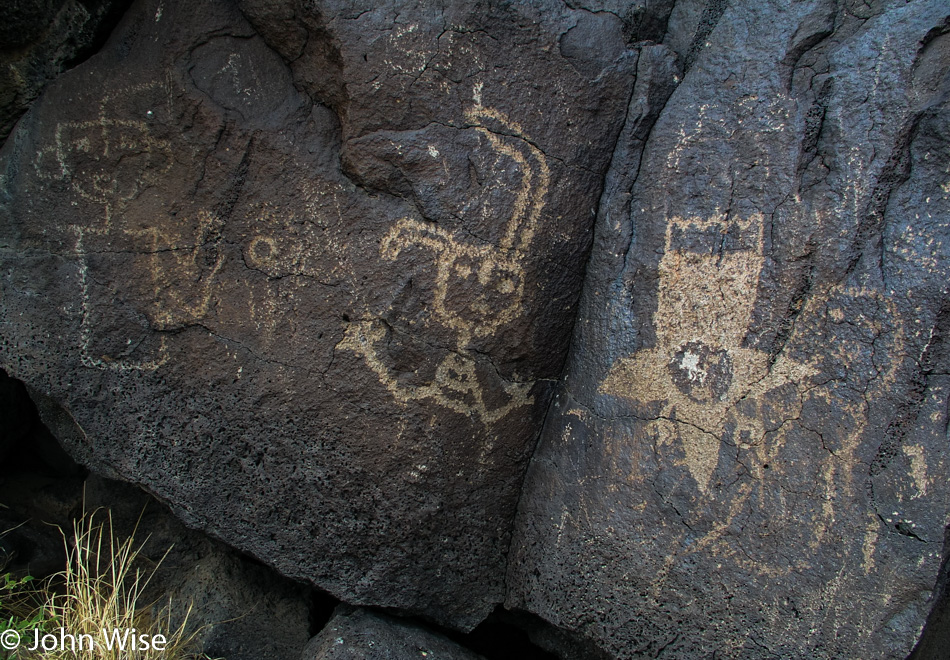
We are on the edge of Albuquerque, and literally down the hill, we can see a newer subdivision of homes that crawls ever closer to displacing more Native American history. Fortunately, for now sites like this under the protection of the National Park Service offer some chance for survival.
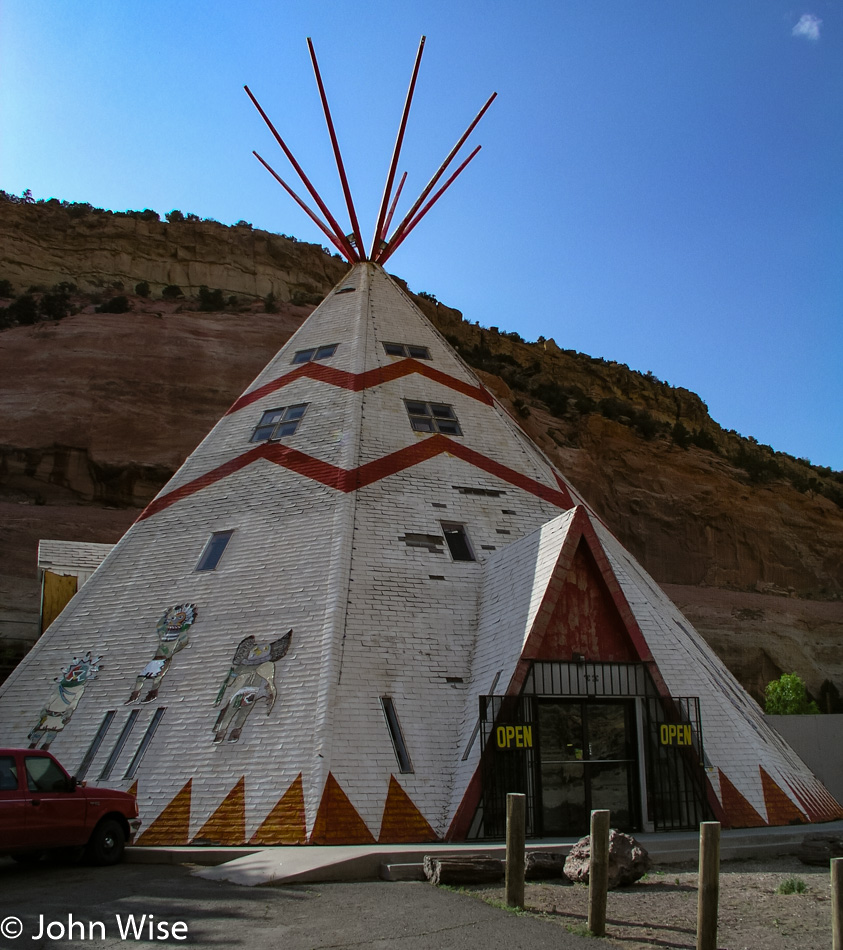
Sites such as this Giant Tee Pee in Lupton, Arizona, could be disappearing as travel demographics and the desire for these novelties wane. Maybe nostalgia will help them hold on, but from our recent encounter with neglect and abandonment, as we’d seen in Bowie, Arizona, there’s little hope that these one-time icons will survive.
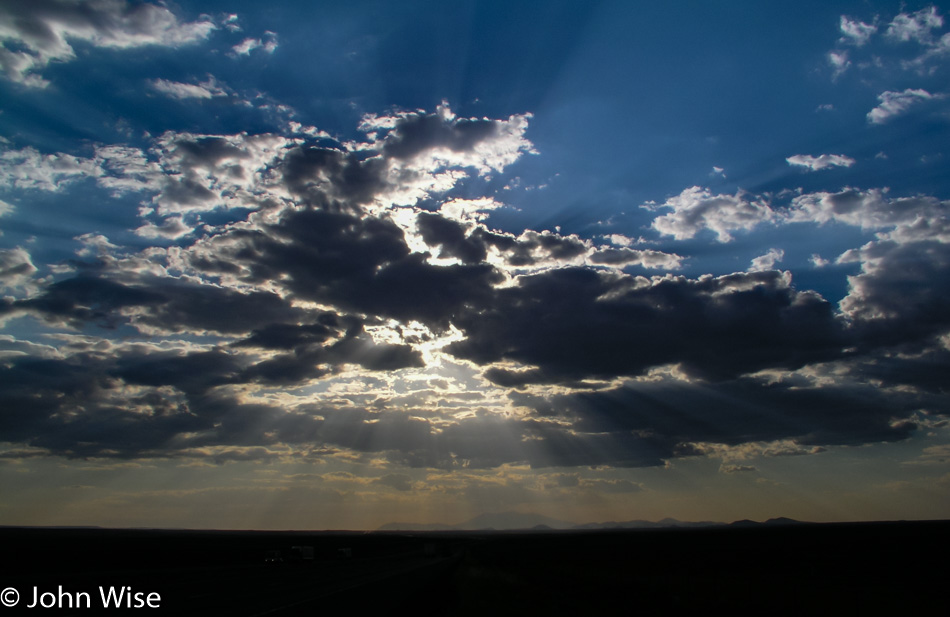
That’s Flagstaff in the distance, which, if you know your geography, means that we are on Interstate 40 driving west and that most likely, either there or maybe in Holbrook, we’ll turn left and head south back towards Phoenix.
